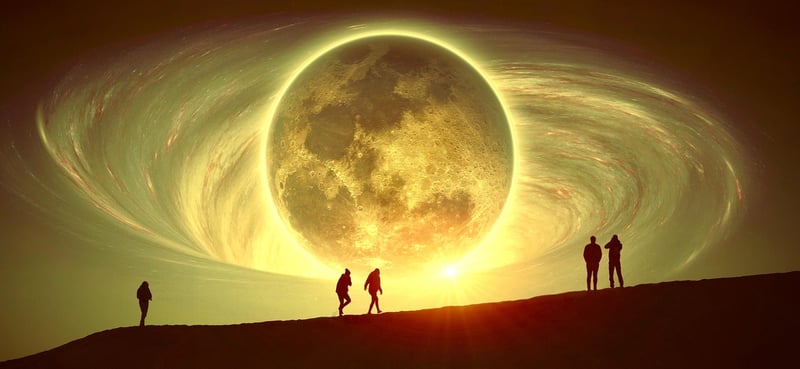Sci-Fi Blockbusters
The Evolution of Cinematic Portrayals in Sci-Fi Blockbusters
Science fiction movies have always been a popular genre among film enthusiasts. They offer a glimpse into the future, exploring advanced technology, space exploration, and the possibilities of human evolution. Over the years, cinematic portrayals in sci-fi blockbusters have evolved significantly, captivating audiences with their visual effects, storytelling, and imaginative worlds.
Early Sci-Fi Classics
Early sci-fi classics like "Metropolis" (1927) and "Forbidden Planet" (1956) laid the foundation for futuristic storytelling on the big screen. These films introduced audiences to robots, alien worlds, and the concept of artificial intelligence, setting the stage for the sci-fi blockbusters to come.

The Rise of CGI
In the 1990s, the rise of computer-generated imagery (CGI) revolutionized the way sci-fi blockbusters were made. Films like "Jurassic Park" (1993) and "The Matrix" (1999) showcased the power of CGI in creating realistic visual effects and immersive worlds, enhancing the cinematic experience for viewers.

Modern Sci-Fi Epics
Today, modern sci-fi epics like "Interstellar" (2014) and "Blade Runner 2049" (2017) continue to push the boundaries of storytelling and visual effects in cinema. These films explore complex themes such as time travel, artificial intelligence, and the future of humanity, captivating audiences with their thought-provoking narratives.

The Future of Sci-Fi Cinema
As technology continues to advance, the future of sci-fi cinema looks promising. With the rise of virtual reality (VR) and augmented reality (AR), filmmakers have new tools at their disposal to create even more immersive and interactive cinematic experiences for audiences around the world.
Whether it's exploring distant galaxies, encountering alien civilizations, or delving into the mysteries of the universe, sci-fi blockbusters will continue to inspire and awe audiences for years to come.
